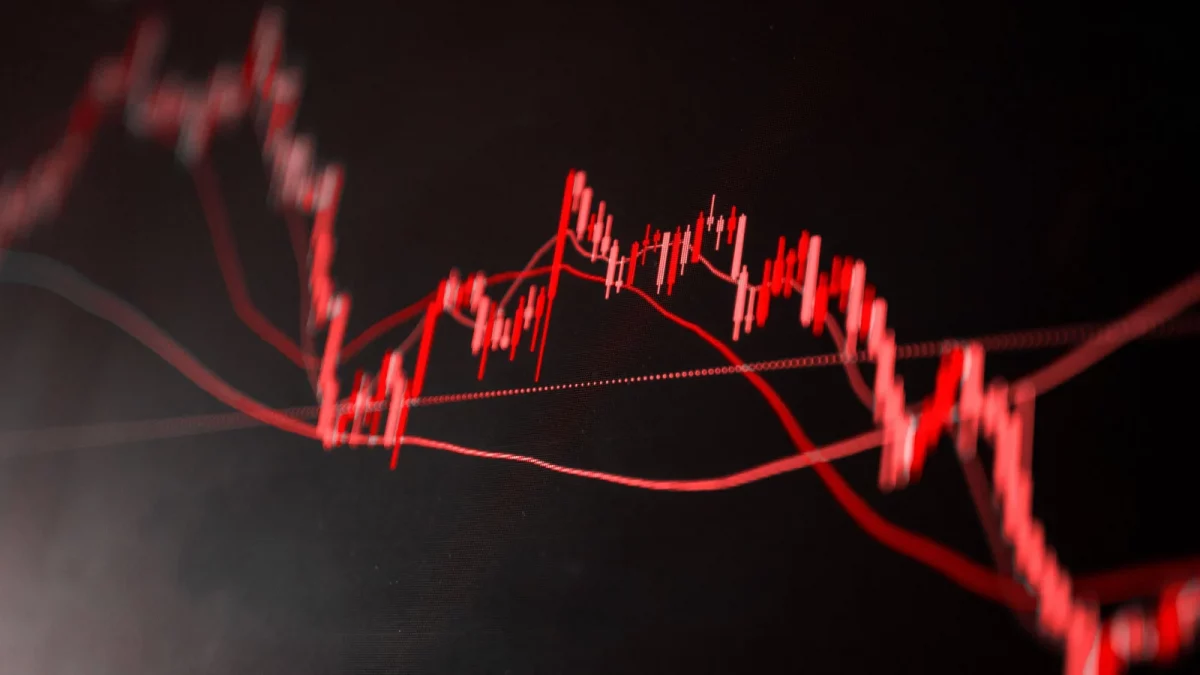Hedges on the Rise
American markets are currently pushing at all time highs, but data suggests that optimism is being tempered by a growing unease among investors. Even as markets soar, demand for hedges which protect downside risk has increased, signaling that many investors are wary of potential risks that could upend the rally.
Driving Forces Behind the Market Rally
- Easing Election Concerns:
- The fears of a contested U.S. presidential election have subsided following President-elect Donald Trump’s victory. This clarity has boosted investor confidence, fueling a post-election rally.
- Optimism about pro-business policies, including corporate tax cuts, deregulation, and infrastructure spending, has bolstered expectations of economic growth and earnings expansion.
- Tech and Growth Stocks Lead:
- Big technology names, often viewed as growth drivers, have continued to push markets higher, contributing significantly to the S&P 500’s gains.
- Central Bank Support:
- Continued monetary policy support, with low interest rates and quantitative easing, has maintained liquidity in the financial system, underpinning equity prices.
Why Are Investors Hedging?
Despite the rally, several factors have investors hedging against a potential downturn:
- Valuation Concerns:
- At record highs, many stocks appear overvalued by traditional metrics such as the price-to-earnings (P/E) ratio, raising fears of a bubble.
- Some analysts worry that current valuations are unsustainable, especially if corporate earnings fail to meet lofty expectations.
- Macroeconomic Uncertainty:
- The global economy faces numerous headwinds, including geopolitical tensions, slowing growth in key markets like China, and concerns over persistent inflation.
- High interest rates, aimed at controlling inflation, could dampen consumer spending and corporate profits, weighing on stock prices.
- Potential Policy Risks:
- While markets have rallied on hopes of pro-business policies, uncertainties about the actual implementation of these measures remain.
- Divisions in Congress or unexpected policy shifts could derail economic momentum, causing market volatility.
- Fear of a Sharp Correction:
- Historical trends show that markets often experience pullbacks after reaching record highs, particularly when sentiment becomes overly optimistic.
- A sudden event, such as a geopolitical crisis or an unexpected economic downturn, could trigger panic selling.
Evidence of Hedging Activity
- Rising Demand for Options Protection:
- Investors are increasingly turning to put options to hedge against potential declines in equity markets. These instruments provide insurance by allowing investors to sell stocks at a predetermined price, mitigating losses in a downturn.
- Elevated Volatility Indicators:
- The Cboe Volatility Index (VIX), often referred to as the “fear gauge,” has shown persistent demand for downside protection, even as equity markets rally.
- This divergence between soaring stock prices and hedging activity reflects caution among institutional investors.
- Shift Toward Defensive Assets:
- Some investors are reallocating funds to defensive sectors like utilities, healthcare, and consumer staples, which tend to perform well during periods of market stress.
- Gold, a traditional safe haven, has also seen intermittent demand spikes, highlighting lingering uncertainty.
Potential Triggers for a Market Correction
- Tightening Monetary Policy:
- If central banks, particularly the Federal Reserve, adopt a more aggressive stance on rate hikes, borrowing costs could rise sharply, pressuring corporate profits and equity valuations.
- Corporate Earnings Misses:
- Companies failing to meet high growth expectations could erode market confidence and trigger selloffs, particularly in sectors with stretched valuations like technology.
- Global Risks:
- Geopolitical flashpoints, including tensions in the Middle East or Asia, could disrupt markets.
- A sharper-than-expected slowdown in China or a debt crisis in emerging markets could spill over into global equities.
Considerations
While the current stock market rally has been fueled by optimism and supportive policy environments, rising demand for crash protection instruments signals that investors are starting to take a risk off approach, which could mark a market top.. With elevated risks from valuation concerns, macroeconomic headwinds, and policy uncertainty, the market remains vulnerable to a correction. For investors, maintaining a balanced approach—diversifying portfolios, securing downside protection, and staying vigilant—is crucial as the rally continues amid an increasingly uncertain backdrop.

STA Research (StockTargetAdvisor.com) is a independent Investment Research company that specializes in stock forecasting and analysis with integrated AI, based on our platform stocktargetadvisor.com, EST 2007.











































